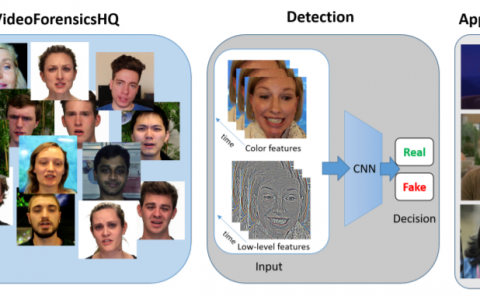INC-Hg: An Intelligent Collaborative Haptic-Gripper Virtual Reality System
PubDate: March 2022
Teams: Vanderbilt University
Writers: Huan Zhao;Ashwaq Zaini Amat;Miroslava Migovich;Amy Swanson;Amy S. Weitlauf;Zachary Warren;Nilanjan Sarkar
PDF: INC-Hg: An Intelligent Collaborative Haptic-Gripper Virtual Reality System

Abstract
Collaborative Virtual Environments (CVE) have shown potential to be an effective social skill training platform for children with Autism Spectrum Disorders (ASD) to learn and practice collaborative and communication skills through peer interactions. However, most existing CVE systems require that appropriately matched partners be available at the same time to promote interaction, which limits their applicability to some community settings due to scheduling constraints. A second shortcoming of these more naturalistic peer-based designs is the intensive resources required to manually code the unrestricted conversations that occurred during the peer-based interactions. To preserve the benefits of CVE-based platforms and mitigate some of the resource limitations related to peer availability, we developed an Intelligent Collaborative Haptic-Gripper System (INC-Hg). This system provides an intelligent agent partner who can understand, communicate, and haptically interact with the user, without requiring the presence of another human peer. The INC-Hg operates in real time and thus is able to perform collaborative training tasks at any time and at the user’s pace. INC-Hg can also record the real-time data regarding spoken language and task performance, thereby greatly reducing the resource burden of communication and interaction performance analysis. A preliminary usability study with 10 participants with ASD (ages 8–12 years) indicated that the system could classify the participant’s utterances into five classes with an accuracy of 70.34%, which suggested the potential of INC-Hg to automatically recognize and analyze conversational content. The results also indicated high accuracies of the agent to initiate a conversation (97.56%) and respond to the participants (86.52%), suggesting the capability of the agent to conduct proper conversations with the participants. Compared to the results of human-to-human collaborative tasks, the human-to-agent mode achieved higher average collaborative operation ratio (61% compared to 40%) and comparable average frequencies for Initiations and Responses among the participants with ASD. These results offer preliminary support as well as areas of improvement regarding the agent’s ability to respond to participants, work with participants to complete tasks, engage in back-and-forth conversations, and support the potential of the agent to be a useful partner for individuals with ASD completing CVE tasks.


